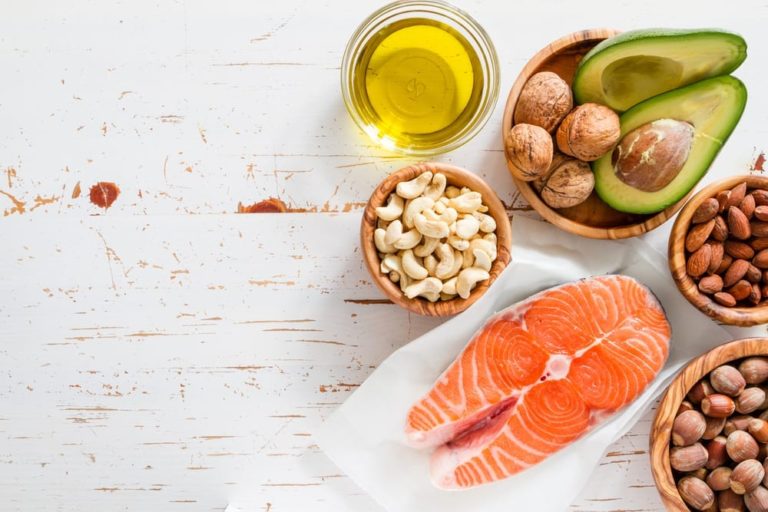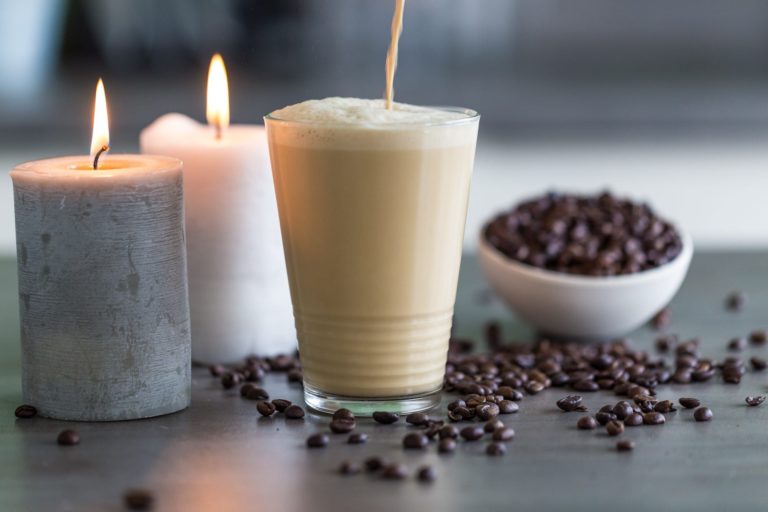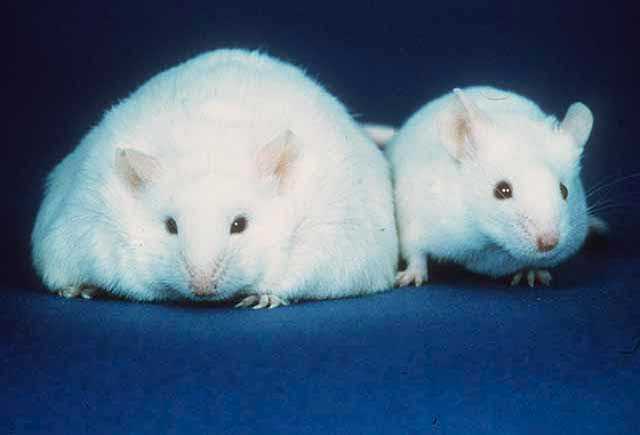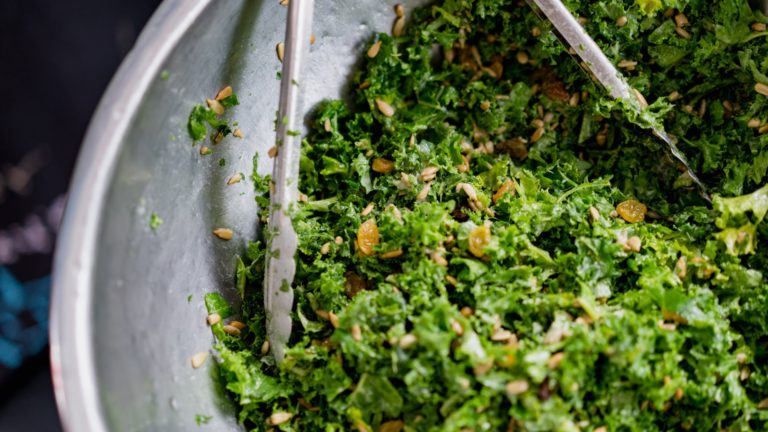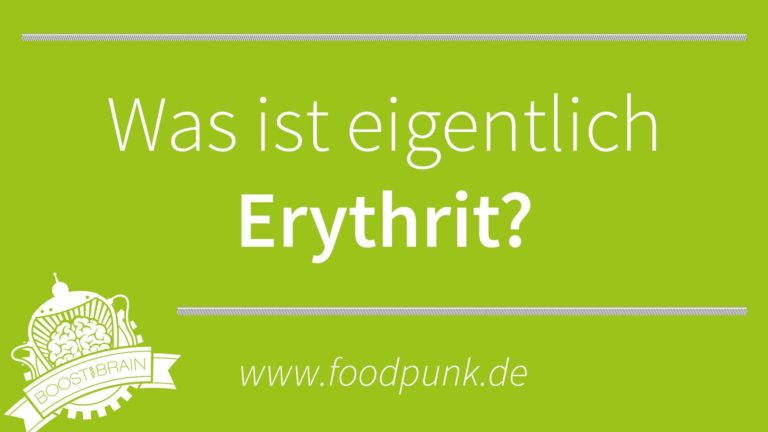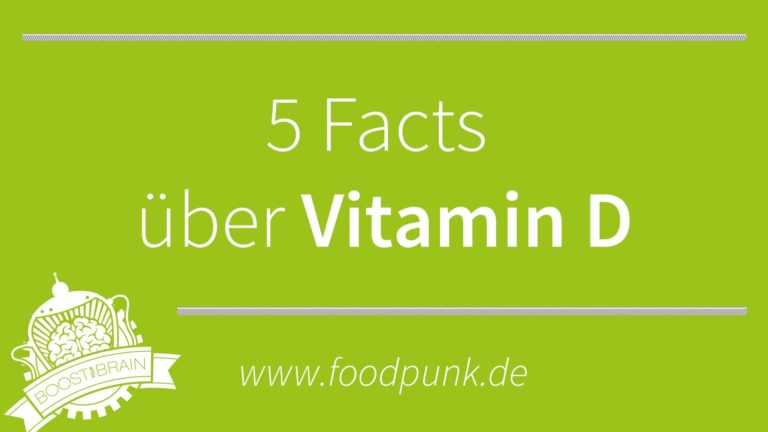Paleo. That’s that type of diet that they ate back in the Stone Age, right? So self-hunted meat and wild berries? I think of bearded men in loincloths chasing mammoths with spears. And that’s supposed to be good?
By now, everyone has heard of the “Stone Age diet.” But since it’s much more than just a diet of self-picked berries and meat, we’ve compiled everything you need to know about Paleo nutrition.
Du möchtest dich auch gesünder ernähren?
A Paleo diet is characterized by the consumption of whole, largely unprocessed foods. It is based on the diet that was eaten during the Stone Age. Since neither arable farming to grow grain nor raising livestock for milk as a source of energy existed at the time, nor were late-night and 24/7 fast-food restaurants hip, it excludes both grain and dairy products and processed foods. The focus is on high-quality nutrient sources such as vegetables, fruits, nuts, meat, fish, eggs and healthy fats.
The idea behind this form of nutrition is as follows: Since the Stone Age, the genes of today’s humans have not changed significantly. Rather, the human organism had adapted perfectly to this form of food intake by then. Thus, the food consumed at that time was the perfect nutrition for us. Since this period is called the “Paleolithic”, the term “paleo” has been derived from it.
The Paleo diet is therefore based on the basic principles of the Stone Age diet, but is combined with the most modern scientific knowledge. In the meantime, there are various orientations, many of which can also be assigned to a low-carb diet form. However, there is not THE Paleo diet that can be defined by exact fat, protein and carbohydrate intake. Also, the expressions often differ by certain foods that are eaten or avoided. However, none of them contains only wild meat and berries, which must be collected in the loincloth. Rather, the main ingredient of most meals is fresh vegetables, which could be combined to a lesser extent with meat or fish, for example.
We hold:
- The Paleo diet is a form of nutrition that is based on basic principles of the Stone Age diet, but directs them in a modern direction and adapts them to modern times.
- Food groups are avoided that did not exist at that time (cereals, dairy products, …).
- Only natural and whole foods are eaten.
- There are different manifestations of the Paleo diet, which can differ in the total intake of fat, carbohydrates and proteins.
Even though individual forms of the Paleo world differ, the following classification of “Dos and Don’ts” applies to all followers of this diet:
2. what foods are allowed in Paleo?
- Meat
- Fish and seafood
- Vegetables
- Fruit
- Nuts and seeds
- High quality fats (e.g. olive oil, coconut oil, avocados…)
- Eggs
- Naturally fermented foods such as kombucha or coconut milk kefir.
- Natural sweeteners (e.g. honey, maple syrup, coconut blossom sugar)
3. what foods are not allowed in Paleo?
- Cereal products
- Dairy products
- Legumes
- Sugar and sweeteners
- Alcohol
- Artificial additives
- Vegetable fats (except olive and coconut oil)
- Junk and fast food
processed, unnatural, nutrient-poor, hard-to-digest foods
One difference in the Paleo forms, as mentioned earlier, can be the macronutrient composition (i.e., the proportions of carbohydrates, fats, and proteins). Based on this, Paleo followers, for example, do not always eat every vegetable and fruit, but only what fits well with their basic principle. Explained another way, a low-carb Paleo form allows carbohydrate-rich vegetables such as sweet potatoes in very small amounts, while a non-low-carb form may include them in larger amounts. However, the allowed and not allowed food groups – for example, vegetables as “allowed” and dairy products as “not allowed” – are always the same. Another important factor is diversity. You eat your way through the vegetable garden in a colorful way – and not only with vegetables! The more different whole foods you eat, the more different nutrients you “collect.” And here we are again with the hunter-gatherers…
4. advantages of a Paleo diet
You certainly want to finally know what’s in it for you and your body when you eat a stone-age diet. True to the motto “you are what you eat”, the body usually thanks you by increasing your well-being when you abstain from processed foods and the like. Foods associated with digestive problems, inflammation or hormonal imbalances are avoided. Rather, physical fitness and energy in everyday life increase. But that’s not all. The following are the advantages of the Paleo diet:
A Paleo diet can help you lose weight naturally. The main reason for this is probably that a lot of fiber is eaten. These have a high saturation potential at relatively low energy levels. So you automatically eat fewer calories without feeling hungry. In addition, the renunciation of any additives, sweeteners or the like. These are responsible for many cravings and make you reach for high-calorie foods again and again to plug the sudden hunger hole. The more natural, unprocessed products you eat, the better you feel in your skin. As a positive consequence, you’ll gladly reach for those dusty running shoes or yoga pants in your closet, full of energy. The positive body feeling therefore also leads to having more fun with movement and action again.
Improved blood glucose levels
Paleo diets have been shown to improve glucose tolerance and insulin sensitivity. For this reason, they are credited with being able to reduce the risk of diabetes. 6,7
Chronic inflammation and so-called oxidative stress pose a risk for chronic diseases. Studies have shown that a Paleo diet significantly improved several factors that are associated with inflammation of this type and oxidative stress. 8,1
Improved cardiovascular system
Some studies have examined the effects of a Paleo diet on the cardiovascular system. They showed that this type of diet has positive effects on blood pressure, cholesterol, and triglyceride levels. Improving such values reduces the risk of cardiovascular diseases, such as atherosclerosis. 2,3,5
5. who is the Paleo diet suitable for?
Anyone who wants to live healthier and increase their own well-being, get rid of a few kilos or digestive problems is on the right track with a Paleo diet. Due to the fact that this form of nutrition also allows more carbohydrate-rich foods, it is also particularly suitable for all fitness and sports enthusiasts. It is a great way to eat a balanced and healthy diet without having to give up carbohydrates. Sweet potatoes or bananas can be added to the plate as high carb foods. And honey or maple syrup can also be used to sweeten one or the other treat.
6. how to start with Paleo?
You want to turn your back on the golden M now too and be a modern hunter-gatherer who makes the vegetable department unsafe with his jute bag? But do not know how and when?
The Paleo diet is not so much a classic diet that you follow only temporarily, but rather a way of eating. Let’s call it the “Paleo lifestyle.” You can start at any time and slowly approach which expression suits you best. Refrain from industrially processed foods, cereals, legumes and dairy products. You don’t necessarily want to lose weight or get into ketosis? Then you don’t have to completely give up carbohydrate-rich fruits and vegetables, for example. Potatoes and bananas could be on your menu. Gradually test out which natural foods make you feel good and which do not. Instead of “Paleo no-go’s,” make sure your meals consist of healthy fats, lots of colorful vegetables, and high-quality protein sources. Walk past chips, chocolate and pasta at the supermarket and load up your cart instead with lots of colorful vegetables and some fruit, too. For example, instead of buying a ready-made salad dressing, you can make your own using good olive oil and lemon juice. Completely without chemistry. Instead of getting deep-fried fries, why not try your hand at homemade oven-roasted vegetable fries? Drinking coffee with the girls? Surely, instead of a classic latte macchiato, your favorite coffee shop has a dairy-free option.
If you want help getting started in the Paleo world we can offer it in our EAT CLEAN Challenge. We customize the plan to your needs, take care of you and are available at any time to answer all your questions.
7. paleo, low carb, ketogenic diet. What is the difference?
Paleo alone says nothing about whether a diet is high in carbohydrates or fats. The focus is on eating natural, unprocessed foods while avoiding foods that could be harmful to your health. In contrast, a low carb diet gives priority to keeping the amount of carbohydrates supplied low (usually less than 100 g / day). You try not to constantly drive the blood sugar level to the maximum in order to boost fat burning. Unfortunately, the quality of food products is often secondary. The ketogenic diet, in turn, has as its goal to produce as many ketone bodies as possible – to put the body into ketosis. Ketone bodies created as a result are said to provide the brain with plenty of energy. Less than 30 – 50 g of carbohydrates are eaten per day. (Click on the link to learn all about ketogenic diet).
Short and crisp:
- Paleo:
- No defined carbohydrate intake
- Goal: Only natural, unprocessed foods, no grains or dairy products.
- Low carb:
- < 100g carbohydrates a day
- Goal: Increase fat burning
- Ketogenic diet:
- < 30 – 50 g per day
- Goal: Ketosis
You can’t make a blanket statement about which form is best for which person. However, the basic principle of Paleo – to eat natural and healthy foods – is a good basis for any diet. So a paleo-based low carb diet can make sense for losing weight in a healthy way without cravings. A ketogenic diet that includes plenty of fresh vegetables will give anyone seeking mental high-performance the natural brain boost they need.
If you’re interested in the differences between the diets in more detail, feel free to browse through this article of ours , “What’s the Difference Between Paleo, Low Carb, and Keto?”
Always stay up to date with our Newsletter.
Literature:
1 Blomquist C, Alvehus M, Burén J, Ryberg M, Larsson C, Lindahl B, Mellberg C, Söderström I, Chorell E, Olsson T (2017). Attenuated Low-Grade Inflammation Following Long-Term Dietary Intervention in Postmenopausal Women with Obesity. Obesity (Silver Spring), 25(5):892-900. doi: 10.1002/oby.21815
Boers I, Muskiet FA, Berkelaar E, Schut E, Penders R, Hoenderdos K, Wichers HJ, Jong MC (2014). Favourable effects of consuming a Palaeolithic-type diet on characteristics of the metabolicsyndrome: a randomized controlled pilot-study. Lipids Health Dis.,13:160. doi: 10.1186/1476-511X-13-160
3 Frassetto LA, Schloetter M, Mietus-Synder M, Morris RC Jr, Sebastian A (2009). Metabolic and physiologic improvements from consuming a paleolithic, hunter-gatherer type diet. Eur J Clin Nutr, 63(8):947-55. doi: 10.1038/ejcn.2009.4
4 Genoni A,Lyons-Wall P, Lo J, Devine A (2016). Cardiovascular, Metabolic Effects and Dietary Composition of Ad-Libitum Paleolithic Australian Guide to Healthy Eating Diets: A 4-Week Randomised Trial. Nutrients, 23;8(5). pii: E314. doi: 10.3390/nu8050314
5. Jönsson T, Granfeldt Y, Ahrén B, Branell UC, Pålsson G, Hansson A, Söderström M, Lindeberg S (2009). Beneficial effects of a Paleolithic diet on cardiovascular risk factors in type 2 diabetes: a randomized cross-over pilot study. Cardiovasc Diabetol, 8:35. doi: 10.1186/1475-2840-8-35
6. Lindeberg S,Jönsson T, Granfeldt Y, Borgstrand E, Soffman J, Sjöström K, Ahrén B (2007). A Palaeolithic diet improves glucose tolerance more than a Mediterranean-like diet in individuals with ischaemic heart disease. Diabetologia, 50(9):1795-1807. doi: 10.1007/s00125-007-0716-y
7. Masharani U, Sherchan P, Schloetter M, Stratford S, Xiao A, Sebastian A, Nolte Kennedy M, Frassetto L (2015). Metabolic and physiologic effects from consuming a hunter-gatherer (Paleolithic)-type diet in type2 diabetes. Eur J Clin Nutr, 69(8):944-8. doi: 10.1038/ejcn.2015.39
8. Whalen KA, McCullough ML, Flanders WD, Hartman TJ, Judd S, Bostick RM (2016).Paleolithic and Mediterranean Diet Pattern Scores Are Inversely Associated with Biomarkers of Inflammation and Oxidative Balance in Adults. J Nutr.,146(6):1217-26. doi: 10.3945/jn.115.224048
Photo: shutterstock / Yulia Furman


